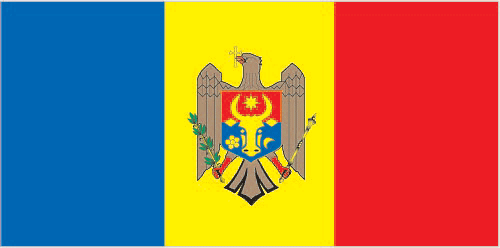
Despite recent progress, Moldova remains one of the poorest countries in Europe. With a moderate climate and good farmland, Moldova's economy relies heavily on its agriculture sector, featuring fruits, vegetables, wine, and tobacco. Moldova also depends on annual remittances of about $1.6 billion from the roughly one million Moldovans working in Europe, Russia, and other former Soviet Bloc countries. With few natural energy resources, Moldova imports almost all of its energy supplies from Russia and Ukraine. Moldova's dependence on Russian energy is underscored by a growing $5 billion debt to Russian natural gas supplier Gazprom, largely the result of unreimbursed natural gas consumption in the separatist Transnistria region. In August 2013, work began on a new pipeline between Moldova and Romania that may eventually break Russia's monopoly on Moldova's gas supplies. The government's goal of EU integration has resulted in some market-oriented progress. Moldova experienced better than expected economic growth in 2013 due to increased agriculture production, to economic policies adopted by the Moldovan government since 2009, and to the receipt of EU trade preferences. Moldova is poised to sign an Association Agreement and a Deep and Comprehensive Free Trade Agreement with the EU during fall 2014, connecting Moldovan products to the world’s largest market. Still, growth has been hampered by high prices for Russian natural gas, a Russian import ban on Moldovan wine, increased foreign scrutiny of Moldovan agricultural products, and by Moldova’s large external debt. Over the longer term, Moldova's economy remains vulnerable to political uncertainty, weak administrative capacity, vested bureaucratic interests, corruption, higher fuel prices, Russian pressure, and the illegal separatist regime in Moldova's Transnistria region.
$13.25 billion (2013 est.)
country comparison to the world: 149
$12.16 billion (2012 est.)
$12.26 billion (2011 est.)
8.9% (2013 est.)
country comparison to the world: 8
-0.7% (2012 est.)
6.8% (2011 est.)
$3,800 (2013 est.)
country comparison to the world: 172
$3,500 (2012 est.)
$3,500 (2011 est.)
agriculture: 13.8%
industry: 19.9%
services: 66.2% (2013 est.)
21.9% (2010 est.)
4.6% (2013 est.)
country comparison to the world: 151
4.6% (2012 est.)
1.206 million (2013 est.)
country comparison to the world: 139
agriculture: 26.4%
industry: 13.2%
services: 60.4% (2012 est.)
5.8% (2013 est.)
country comparison to the world: 57 5.6% (2012 est.)
sugar, vegetable oil, food processing, agricultural machinery; foundry equipment, refrigerators and freezers, washing machines; hosiery, shoes, textiles
6.8% (2013 est.)
country comparison to the world: 38